When we talk about storytelling in games, we may be tempted to think only in terms of traditional elements like writing and dialogue. But is there more that goes into crafting a compelling narrative experience? According to DigiPen lecturer Angie Forster, the resident narrative design specialist from the Department of Game Software Design and Production, the discipline is about a lot more than just writing a video game’s storyline.
“Narrative design is, in its most simple form, creating game cohesion,” Forster explains. “Narrative design entails intertwining story, level design, quests, user interface, load screens, character development, dialogue, art assets, sound, and many more things like an understanding of human psychology and motivation. Essentially, a narrative designer’s job is to create the most amount of immersion possible.”
Prior to teaching at DigiPen, Forster worked at several game studios including Mythic Entertainment, Electronic Arts, Trion Worlds, Sparkplay Media, ChangYou, Zynga, TinyCo, and Soulbound Studios. Through her years of work in the industry, Forster says she discovered a passion for narrative design, learning valuable lessons along the way that she now passes onto her design students. “I strive to create games in which the mechanics are the message,” Forster says. “I feel it’s important to have meaningful systems that blend well with the messages you are trying to impart to the player.”
Curious as to which video games Forster considers the gold standards of narrative design? We caught up with Forster and asked her to break down her top five favorites. This is what she had to say about each of the five picks.
Bastion
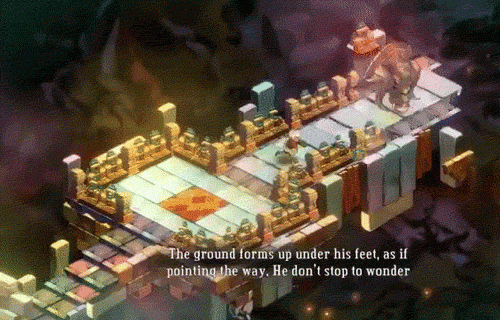 My favorite part about Bastion is the over-world narrative from the elderly gentleman. There is zero dialogue from the main character, but as he moves through the world, the narrator describes what he is doing and the story is subtly conveyed in this way. When you pick up artifacts throughout your adventures, you may talk to different people about the same artifact, and each person will tell you a different story. This slowly sheds light on how the characters think, on their backstories, or even on the backstory of the world of Bastion itself.
My favorite part about Bastion is the over-world narrative from the elderly gentleman. There is zero dialogue from the main character, but as he moves through the world, the narrator describes what he is doing and the story is subtly conveyed in this way. When you pick up artifacts throughout your adventures, you may talk to different people about the same artifact, and each person will tell you a different story. This slowly sheds light on how the characters think, on their backstories, or even on the backstory of the world of Bastion itself.
Dragon Age: Origins
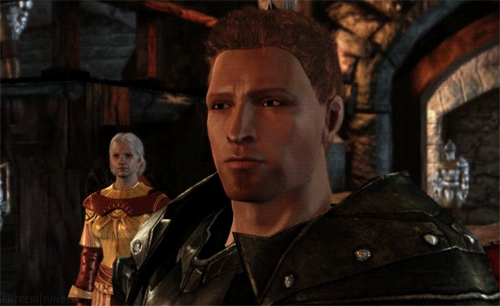 This story has great narrative and is conveyed mostly through NPC interaction and decision making. There’s nothing like making your own choices in a game, and BioWare really utilized that by allowing you to ask your party members questions and go on side quests to learn more about them and the fictional kingdom of Ferelden. In this game, the narrative is as deep or shallow as you choose it to be.
This story has great narrative and is conveyed mostly through NPC interaction and decision making. There’s nothing like making your own choices in a game, and BioWare really utilized that by allowing you to ask your party members questions and go on side quests to learn more about them and the fictional kingdom of Ferelden. In this game, the narrative is as deep or shallow as you choose it to be.
Journey
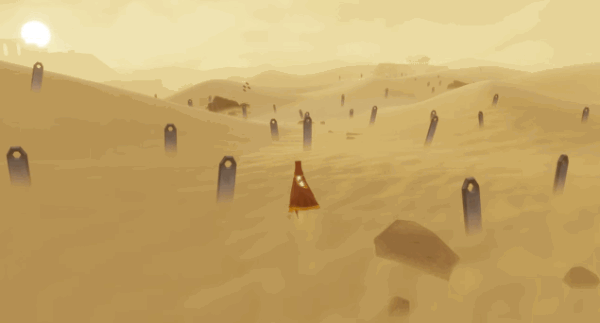 This game is a fantastic example of well-done environmental storytelling. No speaking occurs within the game, so you are using the surroundings from your journey throughout the desert to figure out what happened to your people. The art, music, and simplicity drive the narrative home in an intense fashion that you wouldn’t expect from this title.
This game is a fantastic example of well-done environmental storytelling. No speaking occurs within the game, so you are using the surroundings from your journey throughout the desert to figure out what happened to your people. The art, music, and simplicity drive the narrative home in an intense fashion that you wouldn’t expect from this title.
Hellblade: Senua’s Sacrifice
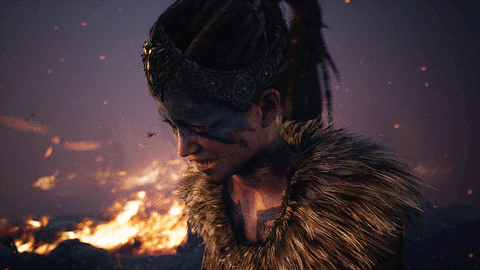 I’m a sucker for history games who also happens to have a BA in psychology, so this game really spoke to me. This is a graphically gorgeous, narrative-driven combat puzzler that effectively tackles mental illness via Celtic and Norse mythology. Right off the bat, the developers shine a light on the representation of psychosis, providing a forewarning and online resource for players to illuminate the seriousness with which they took their research into character development. The game’s disturbing imagery and audio illustrated the fractured mind of Senua and painted a clear picture of the diseased and struggling psyche. I honestly couldn’t play this game for longer than 30 minutes at a time due to its realistic immersion with the character and her struggles. Sometimes, you have to realize that games that are difficult for the player are that way because they’re very well done.
I’m a sucker for history games who also happens to have a BA in psychology, so this game really spoke to me. This is a graphically gorgeous, narrative-driven combat puzzler that effectively tackles mental illness via Celtic and Norse mythology. Right off the bat, the developers shine a light on the representation of psychosis, providing a forewarning and online resource for players to illuminate the seriousness with which they took their research into character development. The game’s disturbing imagery and audio illustrated the fractured mind of Senua and painted a clear picture of the diseased and struggling psyche. I honestly couldn’t play this game for longer than 30 minutes at a time due to its realistic immersion with the character and her struggles. Sometimes, you have to realize that games that are difficult for the player are that way because they’re very well done.
Red Dead Redemption 2
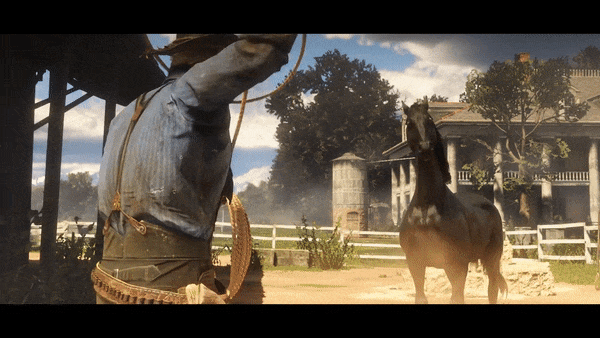 Red Dead Redemption 2 is built from the narrative foundation of the first Red Dead Redemption, which centered around its well-known protagonist John Marston. For the sequel, the 2000-strong team at Rockstar Games spent eight years working to breathe life into the rest of Marston’s gang of outlaws. I feel that they did this in a way that is meant to provide depth to RDR2 protagonist Arthur Morgan and populate the world he inhabits with meaningful friends, all of whom have their own uniquely powerful stories. They created so many lines of dialog and AI-controlled triggers that the game mostly does away with the need for dreaded cut-scenes. This narrative and gameplay blend resulted in a singular take on who Arthur is, delivering a living world and a complex protagonist shaped by the developer and the player alike. It is evident that the team tried to make characters rather than tropes in this game. My favorite characters from RDR2 are neither weak nor strong, good or bad, but rather combinations of both — just like in the best stories from the ages.
Red Dead Redemption 2 is built from the narrative foundation of the first Red Dead Redemption, which centered around its well-known protagonist John Marston. For the sequel, the 2000-strong team at Rockstar Games spent eight years working to breathe life into the rest of Marston’s gang of outlaws. I feel that they did this in a way that is meant to provide depth to RDR2 protagonist Arthur Morgan and populate the world he inhabits with meaningful friends, all of whom have their own uniquely powerful stories. They created so many lines of dialog and AI-controlled triggers that the game mostly does away with the need for dreaded cut-scenes. This narrative and gameplay blend resulted in a singular take on who Arthur is, delivering a living world and a complex protagonist shaped by the developer and the player alike. It is evident that the team tried to make characters rather than tropes in this game. My favorite characters from RDR2 are neither weak nor strong, good or bad, but rather combinations of both — just like in the best stories from the ages.
